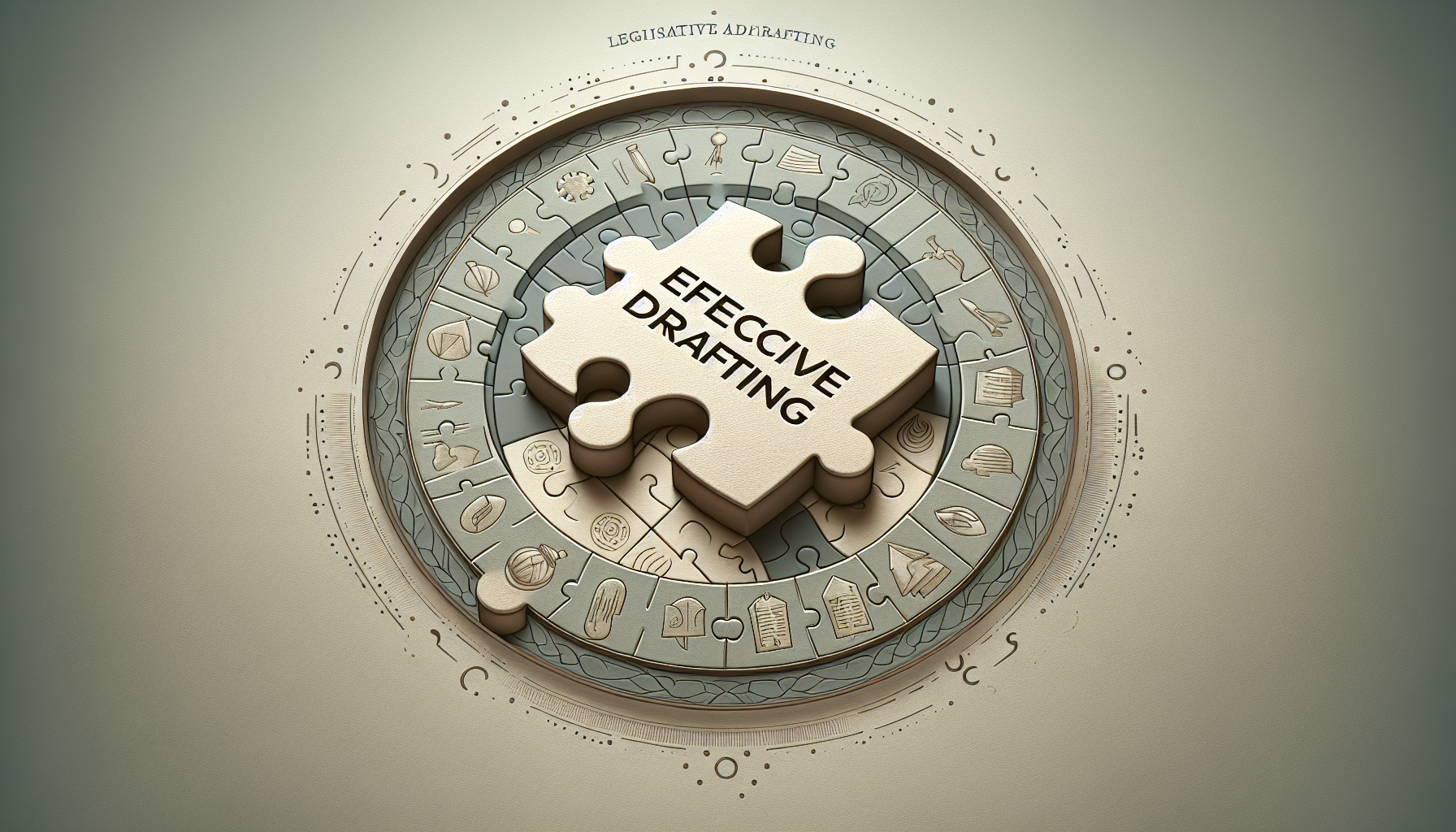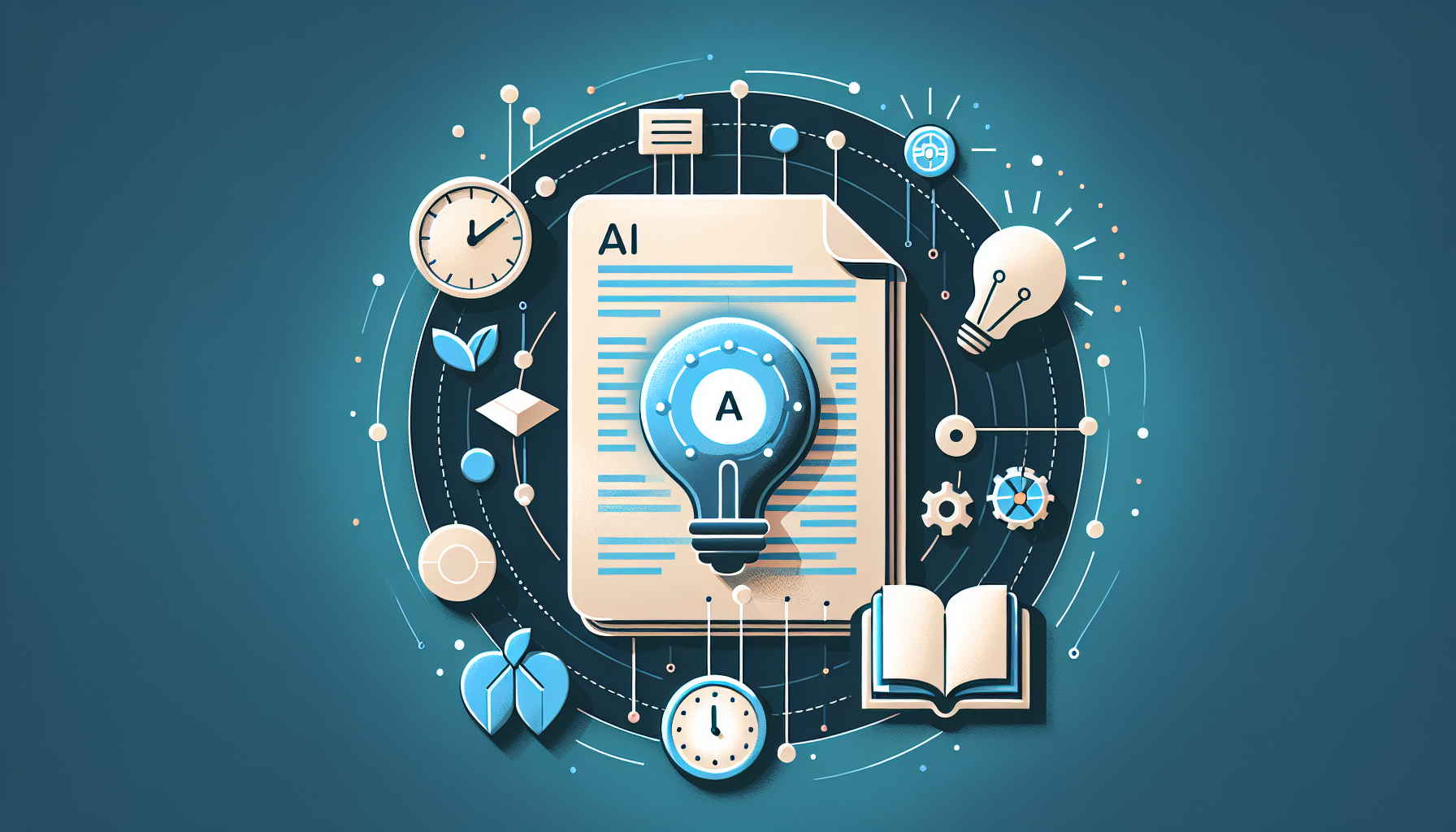Creating effective legislative drafts can feel like trying to solve a complex puzzle, right? It’s not just about picking the right words; it’s about getting everyone on the same page and making sure the law actually works. You might be wondering how to make the drafting process easier and more efficient.
Well, stick around because we’re diving into some straightforward strategies to craft prompts that can transform your legislative drafting experience using ChatGPT. You’ll discover how to get clear, precise, and effective language in your drafts, plus tips to avoid common pitfalls.
In this post, we’ll explore the essential components of effective prompts, how to structure them, and even share a few examples to kickstart your creativity. Get ready to elevate your drafting game!
Key Takeaways
- Creating clear and specific prompts is crucial for effective legislative drafting with ChatGPT.
- Include essential elements in prompts like clear objectives, target audience, and relevant terms.
- Structure prompts logically: start with a directive, provide context, and state the desired format.
- Customize prompts based on unique legislation aspects and include local laws for better accuracy.
- Avoid vague language and ensure context is provided to enhance prompt clarity.
- Utilizing ChatGPT saves time and increases efficiency in generating legal drafts.
- Engage in additional resources, such as webinars and courses, for continued learning in legislative drafting.

Effective Prompts for Legislative Drafting with ChatGPT
Creating effective prompts for legislative drafting with ChatGPT is essential for efficient policy formulation.
Effective prompts should clearly convey the legislative intent and context.
This enables ChatGPT to generate precise legal language that aligns with specific requirements.
Here are a few prompts you can use right away:
- “Draft a bill that establishes a new public health initiative focusing on mental health awareness.”
- “Generate legislative language for a proposed law that regulates online privacy for minors.”
- “Outline the key components of a housing reform bill aimed at affordable housing initiatives.”
Utilizing AI for legislative processes allows legal professionals to streamline their drafting efforts, enhance clarity, and ensure compliance with applicable regulations.
Key Components to Include in Legislative Drafting Prompts
When drafting prompts for legislative writing, clarity and specificity are crucial.
Important elements include a clear objective, target audience, and relevant terms.
Here’s what to include in your legislative prompts:
- A well-defined purpose, such as “Create legislation that addresses climate change mitigation.”
- Specific terms that outline the scope of legislation, for example, “Ensure the bill pertains to urban areas only.”
- The intended impact of the legislation, like “Aim to reduce greenhouse gas emissions by 40% over the next decade.”
By ensuring these components are part of your prompts, you’ll enhance the likelihood of receiving accurate drafts from ChatGPT.
How to Structure Your Legislative Drafting Prompts
The structure of your prompts can significantly affect the quality of the output.
Follow these best practices for creating effective legislative drafting prompts:
- Start with a clear directive: “Draft a bill that…”
- Include the necessary context: “in relation to…” or “addressing…”
- Specify the desired format: “Provide a comprehensive outline” or “Draft the full text.”
These steps create a logical flow that is easy for ChatGPT to understand.
For example, you might prompt: “Draft a full legislative text for a bill aimed at increasing renewable energy usage among residential properties.”
This structure helps ensure your requests align with specific legal requirements and outcomes.
Examples of Legislative Drafting Prompts for ChatGPT
Seeing practical applications can help you craft your own prompts for legislative drafting.
Here are some examples of prompts you might use:
- “Create a legislative proposal focused on improving accessibility for disabled individuals in public spaces.”
- “Draft a bill that implements stricter penalties for environmental pollution.”
- “Outline a framework for a new public transportation initiative in urban areas.”
These examples show how to tailor ChatGPT’s capabilities to suit various legislative scenarios.
Using structured prompts allows you to guide the AI effectively and achieve desired legal outcomes.

Tips for Customizing Legislative Drafting Prompts
Customizing your legislative drafting prompts can significantly improve the output from ChatGPT.
Start by identifying the unique aspects of the legislation you want to draft.
This could include specific issues, demographics affected, or regional considerations.
Next, use targeted language that reflects these elements. For example:
- “Draft a bill to support renewable energy incentives specifically for small businesses in rural areas.”
- “Create a legislative framework that enhances educational resources for underprivileged children in urban zones.”
- “Outline a proposal for stricter animal welfare laws tailored for domestic pet ownership.”
In addition, consider incorporating local laws or regulations into your prompts. This will help ChatGPT generate contextually accurate drafts.
Finally, personalize the prompts based on your writing style or preference. For instance:
- “Generate a clear and concise summary of the benefits of paid family leave legislation.”
- “Draft technical amendments to improve the effectiveness of public transport policies.”
By tailoring your prompts this way, you give ChatGPT better guidance and increase the likelihood of accurate results.
Common Mistakes to Avoid When Using Prompts for Legislative Drafting
Avoiding common mistakes when using prompts can save you time and enhance accuracy in legislative drafting.
One frequent pitfall is being too vague with your prompts.
For instance, instead of saying, “Draft a law about health,” you might specify, “Create a law targeting the prevention of childhood obesity.”
Another mistake is failing to include essential context or background.
This could mean missing out on details like recent legislative changes or relevant statistics.
Here’s an example of a refined prompt:
- “Draft a bill that implements a city-wide recycling program, addressing issues in current waste management practices.”
Overcomplicating prompts can also lead to confusing results.
Keep commands straightforward and focused on specific outcomes.
Lastly, don’t forget to review and revise your prompts based on the output you receive.
This iterative approach helps refine your requests over time, leading to better quality legislation drafts.
Benefits of Using ChatGPT for Legislative Drafting
Using ChatGPT for legislative drafting comes with a host of benefits that can enhance your workflow.
One major advantage is increased efficiency. By automating parts of the drafting process, you save valuable time.
This allows you to focus on more complex aspects of legislation, such as advocacy or stakeholder engagement.
Moreover, ChatGPT can help ensure accuracy and consistency in legal language.
For example, you might prompt it with:
- “Generate a comprehensive legislation draft on universal healthcare for low-income families.”
- “Draft a policy document that aligns with existing environmental regulations.”
Additionally, using AI can bring innovative approaches to policy formulation.
AI can analyze vast amounts of data quickly, offering insights that might not be immediately evident.
Ultimately, leveraging ChatGPT means you can produce high-quality drafts more rapidly and effectively.
Additional Resources for Legislative Drafting and ChatGPT
To further enhance your legislative drafting skills using ChatGPT, consider exploring additional resources.
Webinars and online courses can provide valuable insights into best practices for AI-assisted drafting.
Look for materials that focus specifically on legislative drafting, such as:
- “The Complete Guide to Legislative Drafting” – a comprehensive resource for understanding the nuances of legal language.
- “How AI is Transforming Legal Drafting” – an informative piece exploring the intersection of technology and law.
Participating in forums and discussion groups can also be beneficial. Networking with other legislative professionals offers new perspectives and strategies.
Lastly, keep an eye on official government websites for updates on legislation and drafting guidelines.
These resources will provide continuous learning opportunities and help you stay ahead in the legislative drafting process.

Benefits of Using ChatGPT for Legislative Drafting
Using ChatGPT for legislative drafting has multiple benefits that can improve your drafting process.
One of the primary advantages is the ability to produce drafts quickly, streamlining the overall workflow.
This can help you meet tight deadlines without sacrificing quality.
Another benefit is the support in generating complex legal language.
For instance, use this prompt: “Draft detailed legal definitions for terms related to data privacy legislation.”
ChatGPT can help find relevant terminology and nuances that may enhance clarity.
Furthermore, its ability to analyze vast amounts of data means it can identify trends and insights you may not consider on your own.
Try asking: “Analyze recent legislative changes in healthcare policy and summarize potential impacts.”
This can lead to more informed decision-making when drafting legislation.
Additionally, ChatGPT promotes inclusivity in drafting, allowing users from diverse backgrounds to contribute effectively.
Overall, leveraging AI in legislative drafting can bring efficiency, accuracy, and fresh perspectives, making it a valuable tool in any legislator’s toolkit.
Additional Resources for Legislative Drafting and ChatGPT
To enhance your skills in legislative drafting with ChatGPT, consider a variety of resources available online.
Online courses can provide structured learning and practical insights.
For example, look for courses like “Advanced Legislative Drafting Techniques.”
Additionally, numerous podcasts and webinars discuss the integration of AI in legal processes.
Check out recordings from legal tech conferences focused on AI, which often feature valuable case studies.
Books can also be a great way to deepen your understanding; consider titles like “Legal Drafting in the Age of AI.”
Moreover, online forums and communities can provide support.
Join platforms like Reddit’s r/legaladvice or specialized groups on LinkedIn to connect with other legislative professionals.
Lastly, keep updated with government websites for the latest in legislative guidelines and news.
These resources can help you stay informed and continuously improve your drafting abilities.
FAQs
Effective prompts include clear objectives, specific topic areas, and desired outcomes. Articulating the context and nuances of the legislation will help ChatGPT generate relevant and tailored drafts.
Avoid vague or overly broad prompts that can lead to irrelevant outputs. Additionally, ensure that the terminology used is precise and relevant to the legislative context to improve the quality of the drafts.
Customize prompts by including specific legislative language, previous versions of legislation, and clear instructions on style and tone. Consider the target audience for the legislation to enhance relevance.
Using ChatGPT can streamline the drafting process, provide quick access to legal language, and facilitate brainstorming. It offers a unique perspective, helping to generate innovative solutions and revisions in legislative drafting.
